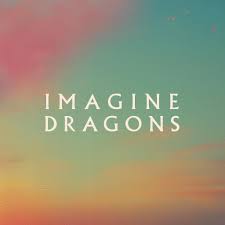Observe, Interpret and Imagine.
 I’ve written a lot lately about frameworks and tools used in brand planning but I haven’t really discussed the behavioral drivers of good brand planning. So, let’s have at it.
I’ve written a lot lately about frameworks and tools used in brand planning but I haven’t really discussed the behavioral drivers of good brand planning. So, let’s have at it.
Back in my anthropology days at Rollins College, I was taught never to insinuate yourself into the culture you are studying. Just Observe. It’s okay to ask for clarification and an explanation as to why people studied do what they do but the idea is to not bring bias into observed behaviors. One could argue the simple act of asking questions introduces bias. That’s cultural anthropology fieldwork, not brand planning. I am of the mind that good questions beget good answers. Caring, thoughtful, energizing even fun questions get people to open up. Therefore, in brand planning it is okay to insinuate oneself — so long as you don’t lead the witness and you play the interested student.
Interpret is the key behavior. Gather information and as I once heard an AT&T product manager say, “Do something smart with it.” This requires gut. Not guts. Gut. What are the most important consumer care-abouts and brand good-ats? Plot them, organize them, and most importantly prioritized them.
Lastly, there is Imagine. Use your imagination to project what will come to pass if everything went right. If you created a strategy that was in sync with the product’s truest value, but also delivered a warm predisposition toward the product. An indelible one. Imagine what it looks like to make consumers love you. And why.
Observe. Interpret. Imagine. These are the behaviors of great brand planners.
Peace.
